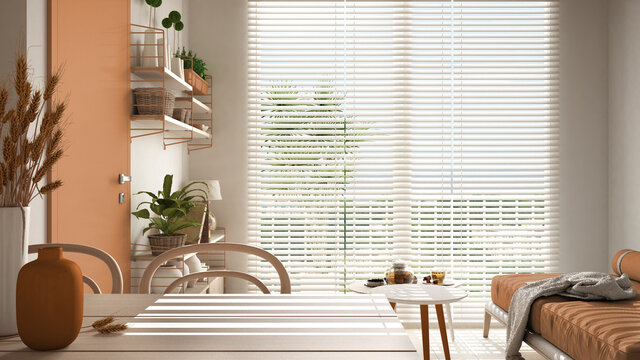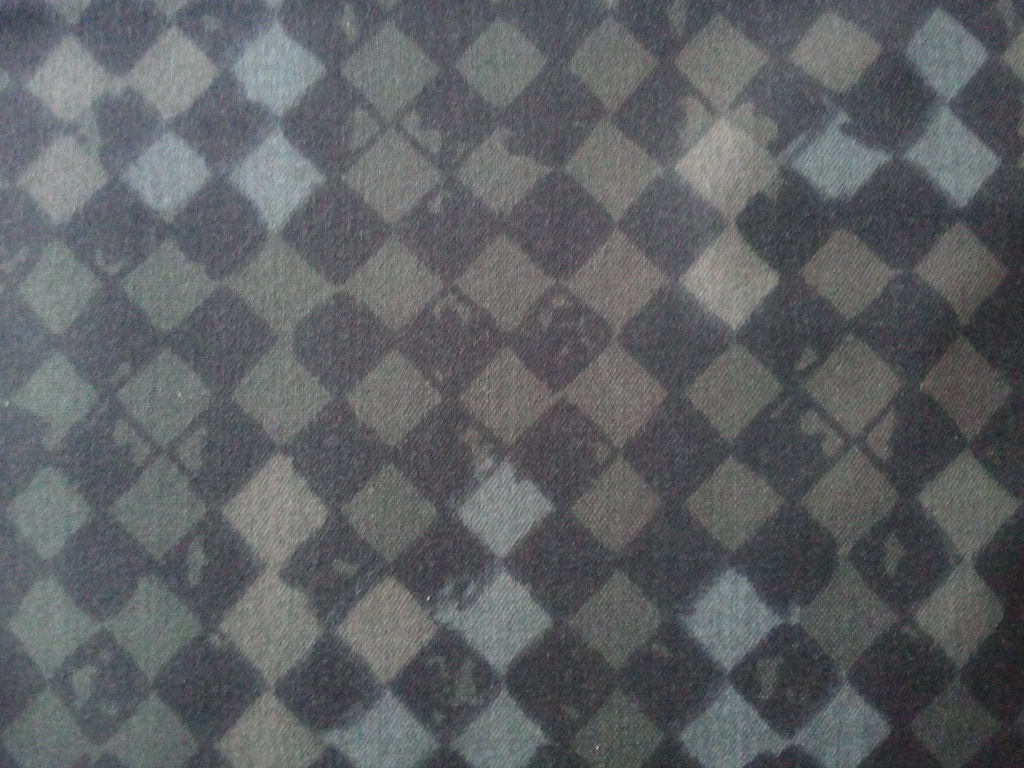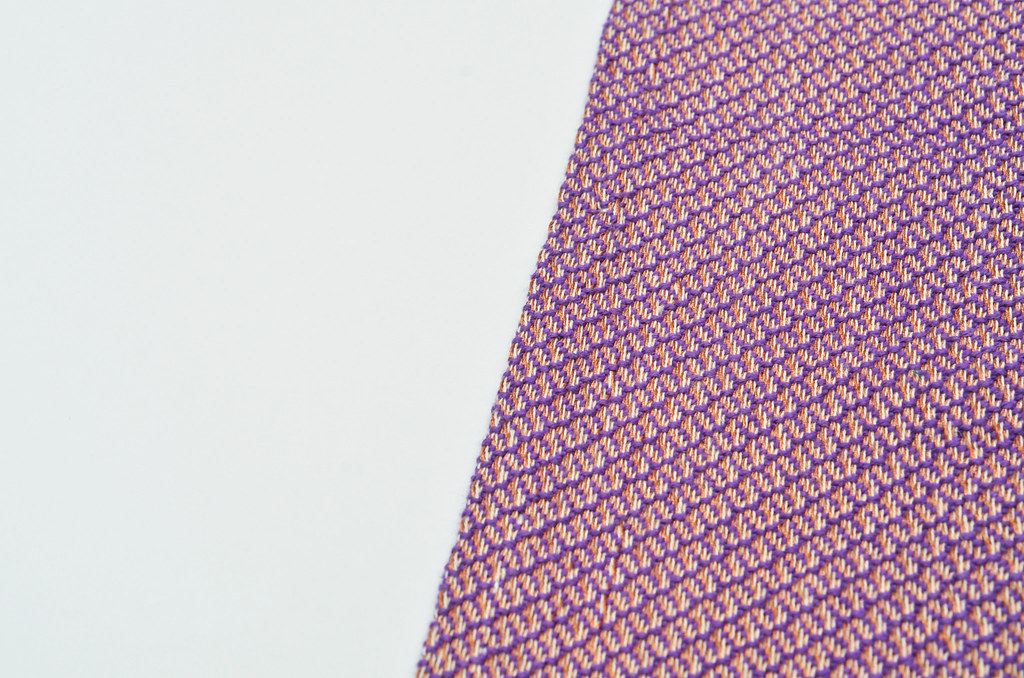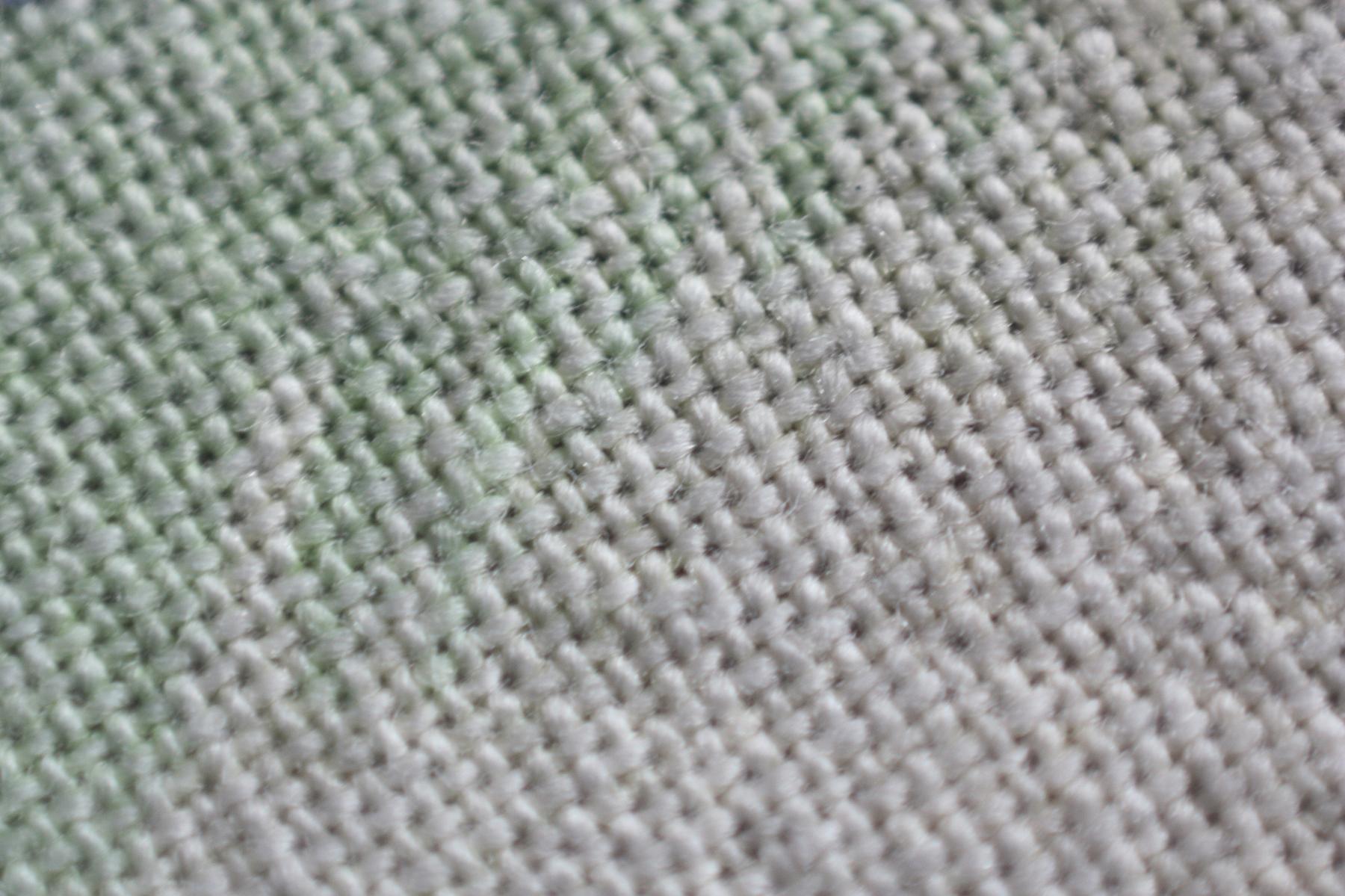Have you ever stopped to consider the impact that textiles have on the overall aesthetic of a room? From curtains to throw pillows, the right textile can tie together an entire space. But what if I told you that textile technology is the next big thing in interior design? You may be thinking, “how can technology enhance something as simple as fabric?” Well, let me tell you, the possibilities are endless. In this blog post, we’ll explore how cutting-edge textile technology is changing the game in interior design and what it could mean for your home decor. Get ready to be amazed by what’s possible when tech meets textiles.

Introduction: The Impact of Textile Technology on Interior Design
Textile technology has been making waves in the world of interior design, and it’s not hard to see why. With its ability to create innovative materials and designs, textile technology is changing the way we think about home decor. From sustainable fabrics to smart textiles, this field is constantly evolving and pushing the boundaries of what’s possible. The impact of textile technology on interior design has been significant, allowing designers to create unique and functional spaces that are both beautiful and practical. As we continue to explore new ways to integrate technology into our lives, it’s clear that textile technology will play a major role in shaping the future of interior design.
The Evolution of Textile Technology in Interior Design
Textile technology has come a long way since the early days of weaving and spinning. In the past, fabrics were limited to natural fibers such as cotton, wool, and silk. However, with the advent of synthetic fibers and advanced manufacturing techniques, textile technology has evolved to include a wide range of materials and processes.
One major development in textile technology is the use of digital printing. This allows for intricate designs and patterns to be printed directly onto fabric, creating unique and customizable options for interior design. Another advancement is the use of smart textiles, which incorporate sensors or other electronic components into the fabric itself.
In addition to these technological advancements, there has also been a growing focus on sustainability in textile technology. Many companies are now using recycled materials or developing new eco-friendly fibers to reduce their environmental impact.
Overall, the evolution of textile technology has opened up new possibilities for interior design. With an ever-expanding range of materials and techniques available, designers can create truly innovative and sustainable spaces that are both functional and beautiful.

Innovative Textile Technologies for Sustainable Interior Design
Innovative textile technologies are emerging as a solution for creating sustainable interior design. The use of natural materials like cotton, silk, and wool has been the conventional way to bring nature into homes but recently scientists have developed fibers made from recycled plastic bottles, cornstarch or seaweed that can be used in home textiles. These fabrics require lesser resources compared to traditional ones which make them an eco-friendly alternative. Furthermore, advanced manufacturing processes such as 3D knitting allow for reduced waste production because the patterns are formed by machines instead of human laborers cutting and sewing pieces together manually.
Another exciting development is smart textiles which embed technology within fabrics making them interactive with their surroundings. For instance, thermo-regulating textile technology keeps indoor temperatures comfortable by detecting body temperature and adjusting according to it – providing insulation during winters and cooling during summers. Overall these innovative solutions not only help create aesthetically pleasing interiors but also promote healthy living while reducing carbon footprint on the planet at large.”
How Textile Technology is Revolutionizing Home Decor
Smart Textiles: The Integration of Technology in Everyday Fabrics
Smart textiles are one of the most exciting developments in textile technology for home decor. These fabrics contain sensors and other advanced technologies, such as conductive threads, that allow them to interact with their environment and provide valuable information to homeowners. For example, smart curtains can automatically adjust their levels of transparency based on the amount of sunlight streaming through windows. Similarly, smart carpets can track foot traffic patterns and alert homeowners when it’s time for a deep clean or replacement. The integration of technology into everyday fabrics has vast potential to revolutionize how we interact with our surroundings at home.
Sustainable Solutions: Eco-Friendly and Innovative Textile Technologies
Sustainable solutions are at the forefront of textile technology in home decor. Eco-friendly and innovative textile technologies such as recycled fabrics and natural dyes are becoming increasingly popular. Recycled fabrics are made from post-consumer waste, reducing the amount of waste that ends up in landfills. Natural dyes are made from plant-based materials, eliminating the use of harmful chemicals. Additionally, smart textiles with energy-saving properties are being developed, such as curtains that can regulate temperature and lighting. These sustainable solutions not only benefit the environment but also provide unique and stylish options for home decor.
Future Trends: Predictions for Textile Technology in the Interior Design Industry
As textile technology continues to evolve, we can expect to see more innovations that will revolutionize home decor. Smart textiles, which incorporate electronics and sensors, are already being used in various applications such as lighting and temperature control. In addition, 3D printing is expected to become a game-changer in the industry by allowing designers to create intricate patterns and shapes on fabrics. We can also anticipate advancements in sustainable materials such as biodegradable fibers and recycled fabrics. With these technologies at our fingertips, the possibilities for creating unique and eco-friendly interior designs are endless. The future of textile technology in the interior design industry looks bright with exciting developments still yet to come!
Textile Technology and Wellness: How It’s Improving Our Home Environments
Textile technology is not only improving the aesthetics and sustainability of home decor but also promoting wellness in our indoor environments. With advancements in smart textiles and natural materials, we can now create interior spaces that support healthy living. For instance, antimicrobial textiles are becoming more popular as they prevent the growth of bacteria and fungi, keeping our homes clean and hygienic. Additionally, fabrics made from organic fibers such as bamboo or cotton contribute to better air quality by reducing air pollutants like formaldehyde. Textile technology has paved the way for creating a healthier living environment that supports both our physical and mental well-being.

The Benefits of Using Textile Technology in Interior Design
Textile technology is rapidly becoming a game-changer in the world of interior design. By incorporating innovative fabrics and materials, designers can create stunning and sustainable pieces that are both functional and aesthetically pleasing. One of the key benefits of using textile technology in interior design is its versatility. From sound-absorbing curtains to self-cleaning upholstery, the possibilities are endless. Additionally, textile technology can also help reduce waste and environmental impact by using recycled materials or creating biodegradable products. By embracing this new wave of innovation, designers can create unique and personalized spaces that cater to their clients’ needs while also contributing to a more sustainable future.
Exploring the Future of Textile Technology in Interior Design
Smart textiles and digital printing are two areas of textile technology that are expected to make a big impact on interior design in the future. Smart textiles incorporate technology such as sensors, LEDs, and conductive fibers into fabrics, allowing for interactive and responsive designs. Digital printing technology allows for intricate and detailed designs to be printed directly onto fabrics, opening up a world of possibilities for customization and personalization.
In addition to these advancements, there is also a growing focus on sustainable textile technologies in interior design. This includes the use of recycled materials, natural dyes, and eco-friendly production processes. As consumers become more conscious of their environmental impact, incorporating sustainable textile technologies into interior design projects will become increasingly important.
Overall, the future of textile technology in interior design is exciting and full of potential. By embracing new advancements and incorporating sustainable practices, designers can create innovative and impactful spaces that not only look great but also contribute to a better world.

Integrating Textile Technology into Your Interior Design Projects
Integrating textile technology into your interior design projects can elevate your spaces to the next level. One way to do this is by incorporating smart textiles, which are materials that have been designed with innovative technologies such as sensors or LEDs. For example, integrating a smart fabric wall covering that changes color according to body heat can create an interactive and engaging experience for users.
Another approach is using 3D-printed textiles, which offer endless possibilities for customization and unique designs. These fabrics can be printed in different shapes and colors, enabling designers to create one-of-a-kind pieces tailored specifically to their clients’ needs. Moreover, these sustainable textile manufacturing methods reduce material waste while enhancing creativity in design.
By embracing textile technology in interior design, you gain access not only to visually stunning elements but also more functional features that enhance user experiences like lighting control or energy efficiency. The future of interior design lies at the intersection of functionality and aesthetics; thus it’s essential to integrate technological advancements into our creations whenever possible.

Case Studies: Successful Applications of Textile Technology in Interior Design
Smart Fabrics have been used in a variety of interior design applications, from curtains that automatically adjust to the amount of sunlight entering a room to upholstery that can detect and adjust to a person’s body temperature. One example is the Kvadrat/Raf Simons collection, which features fabrics with integrated LED lights that can be controlled via an app.
Another innovative use of textile technology is 3D-printed textiles. Designer Danit Peleg created an entire fashion collection using 3D printing technology, and this same concept can be applied to interior design. The Mamoris chair, designed by Efil Türk, is made entirely of 3D-printed textile and is both lightweight and durable.
These case studies demonstrate the potential for textile technology to transform the way we approach interior design, from creating more sustainable materials to incorporating cutting-edge technologies into our homes and workplaces. As designers continue to push the boundaries of what’s possible with textiles, we can expect to see even more exciting applications in the future.
Conclusion: Embracing the Future of Textile Technology in Interior Design
The future of interior design is inextricably linked to innovative textile technology. As this industry continues to evolve and adapt, it will be those who embrace these advances that stay ahead of the curve. The benefits are clear: sustainable materials, enhanced functionality, refined aesthetics, and cost-effective production methods are just a few examples. With new fibers and fabrics consistently emerging on the market – from antibacterial bamboo blends to solar-active textiles – there’s never been a better time to incorporate textile technology into your designs.
But as with any innovation, there may be challenges in implementing new materials and techniques. Designers must learn how to balance practicality with creativity as they navigate these uncharted territories. Ultimately, however, embracing modern advancements in textile technology promises an ever-expanding world of possibilities for innovative design solutions that bridge form and function like never before.
In conclusion, textile technology is the next big thing in interior design. With its evolution and innovative advancements, it has revolutionized the way we think about home decor. By integrating textile technology into your interior design projects, you can create sustainable and functional spaces that are both aesthetically pleasing and environmentally friendly. The benefits of using textile technology in interior design are numerous, from improved durability to enhanced comfort and performance. As we explore the future of textile technology in interior design, we can expect to see even more exciting developments that will continue to shape the industry. So why not embrace this exciting new era of interior design and start incorporating textile technology into your projects today?
